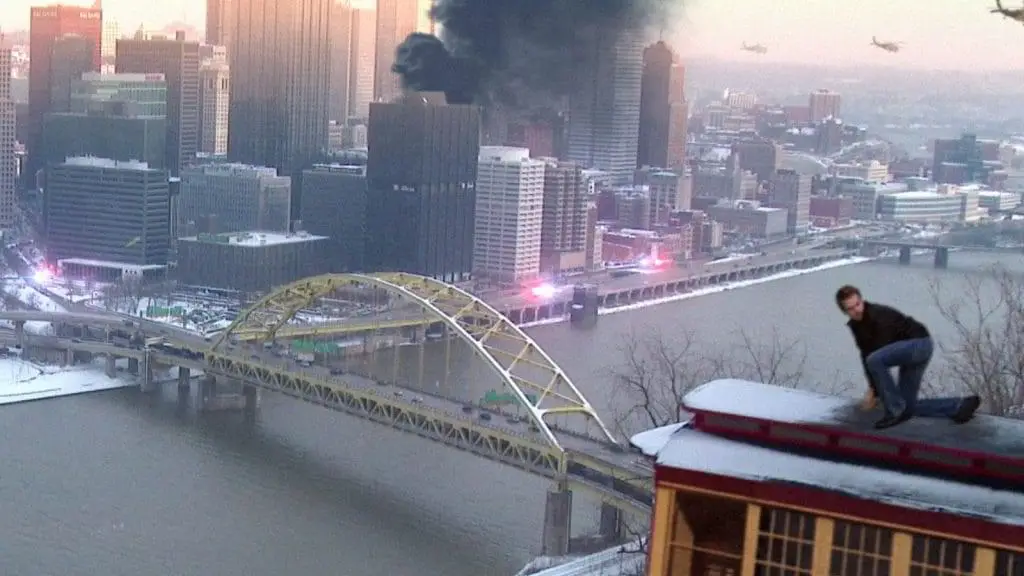
Much like “Chernobyl Heart”, and basically many documentaries to come out this year, “Libby Montana” profiles a basically hopeless environmental situation. One built around a small region of a country. Libby, Montana pretty much looks like every other small town in America. It has its kooks, and residents, and yearly traditions and economy fueled professions. But Libby, Montana is also a place that’s been corroded by corporate “progression” and produced one of the worst tragedies of all time. Imagine if you will, a poor town discovers this potential new resource that could help fuel their economy, they build a business around it, and now they discover it’s extremely poisonous. But they can’t shut it down because then all the people in Libby would go out of work. That’s almost the definition of irony.
After nearly fifty years, the asbestos mines closed in 1990, and then the many health organizations (including the EPA) came to Libby to help stop the asbestos infestation that has sewn itself in to every household in the town, but by then the damage had been done to many of the towns denizens and it was just too late. In one of the most disturbing sequences, a home owner grabs a handful of asbestos pores and shows them to the camera and throws it back in to his attic, and the director focuses in to the attic and it looks like a toxic wasteland as the pore and asbestos has infested every inch of the attic living right above them. The worst damage committed by the asbestos poisoning however were the deaths of over two hundred employees, and their families.
As a doctor explains, the asbestos stays with you in your lungs forever, and the asbestos has stayed in Libby and their children. “Libby, Montana” is an engrossing chronicle of this hopeless health situation that starts off as a somewhat humorous representation of this small town in America where people have their basic gripes about no privacy, and the lumber business there, but then they discuss the discovery of the asbestos and the opening of the mines which would inevitably contribute to the poisoning of the entire town. Davis and Carr also explore the after effects of this poisoning and show a prime example of a corporation getting their workers in hot water and attempting to jump ship like rats.
Through cover ups and court settlements (The appeals for the manager of the town’s mining company Earl Lovick are the most infuriating especially when watching him rationalizing the company’s negligence. One of the most infuriating pieces of rationalizing was when the interviewer asks him “Why didn’t you urge the workers to wear respirators or they’d be poisoned by the asbestos?” and he replies “We didn’t, but you don’t have to tell a worker not to put their hands on hot coal”), the directors take hundreds of hours of stock footage and interviews and cut it down in to a two hour analyses of the towns health crisis, and the government once again bringing the environment in to the backburner. Libby is a town where its asbestos infestation is rampant, and the lack of government funding really does bring in to focus the futility of the EPA’s practices to help the town as much as they can. And for them, for many in Libby, it may be just too late.

